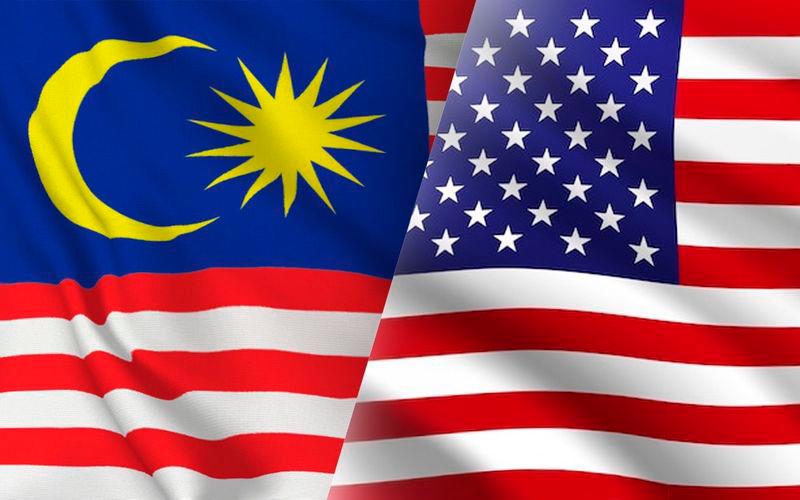IN light of the claims that Digital Nasional Bhd (DNB) is not meeting all the technical and security requirements that telcos need in the nationwide 5G network roll-out, an IDC White Paper has recommended that mobile network operators (MNOs) needs to develop both consumer and enterprise pricing plans.
Consumer bundles, pre-paid and post-paid will be similar to today’s 4G plans but with larger volume plans, according to the white paper entitled “Building a 5G Foundation for Digital Malaysia”.
“However, gaming and other application classes can be offered as separate value-added services,” the white paper commissioned by multinational selected for Malaysia’s nationwide 5G network deployment, Ericsson pointed out.
“Pricing plans for enterprises are a much more difficult task than for consumers. We propose organisations initially treat private networking use cases as a managed service offering.”
High-mobility use cases for passenger vehicles, cargo trucks and railways can also be priced as a managed service in combination with a per connection (SIM) basis or as an aggregate data volume between multiple SIM accounts.
It was reported recently that there has been a reluctance or hesitation among telcos to sign an agreement with DNB for 5G wholesale access because the latter had yet to meet all the technical and security requirements the telcos were asking for.
According to news reports, DNB is offering wholesale access to mobile broadband on 4G and not “future-proof” other applications and services, including the internet of things (IoT) and machine-to-machine usage.
The reports also claimed that the wholesale pricing structure offered for usage of the 5G network is seen to be “too high” and that this could translate into higher pricing for user service.
In this regard, the white paper stressed that MNOs will need to work with and enable developers to create robust apps and use cases that take full advantage of the speed, latency and connection density offered by 5G. By doing so, MNOs will be able to rapidly grow their customer base and justify their CAPEX investments.
Likewise, the white paper also earmarked ecosystem partnerships as critical for MNOs and the entire industry.
“Deep partnerships with software, hardware and services vendors as well as close relationships with industry partners are required to integrate the diverse technologies necessary to realise the most complex 5G use cases,” it opined.
‘This will also ensure that 5G solutions closely align with the operational reality of customers’ day-to-day needs.”
IDC forecasts that by 2025 there will be 12.7 million 5G connections or roughly 22.4% of total subscribers as well as 43.1 million 4G LTE (Long Term Evolution) subscriptions in Malaysia or 76.2% of total subscriptions.
Moving forward, the white paper said mobile services providers, the academia and the start-up ecosystem should work together to enable development of innovative applications and use cases for both consumers and industries in the quest to leverage the capabilities of 5G.
“To realise the full benefits of 5G in Malaysia, 5G Standalone network (SA) is also recommended as the ultimate architecture for 5G with careful planning required to prepare for 5G SA for both network and device readiness,” added the white paper. – Nov 17, 2021









